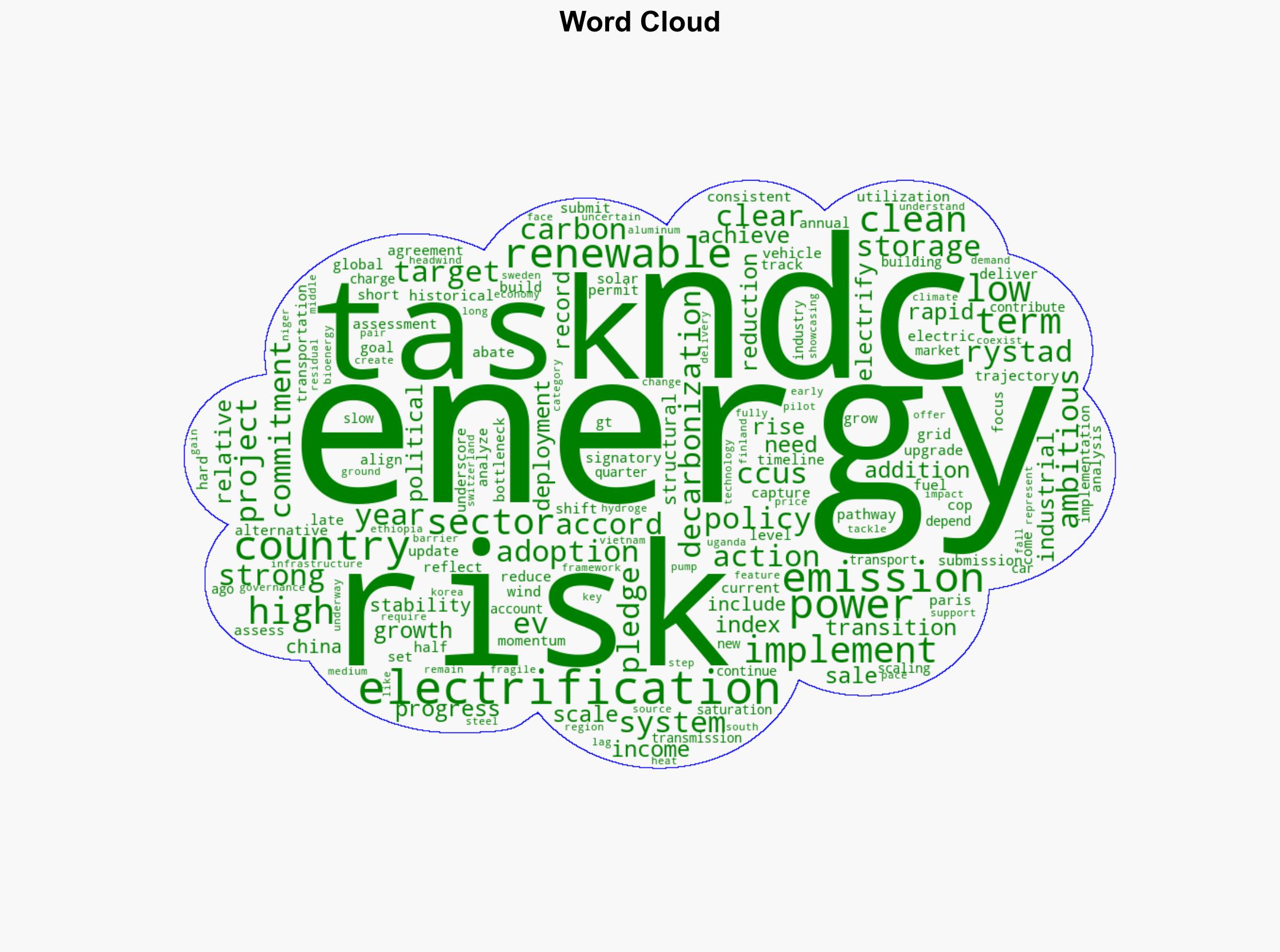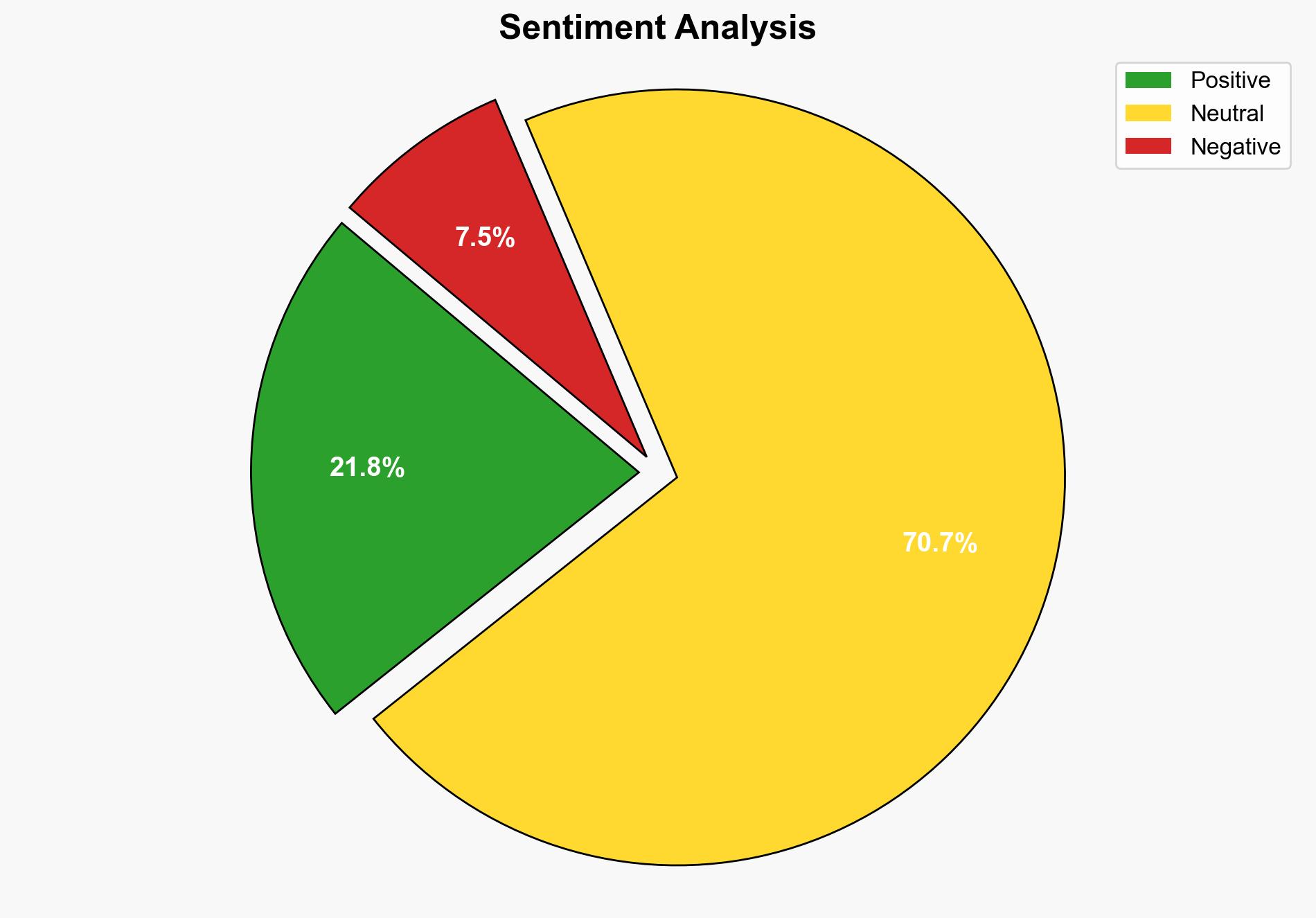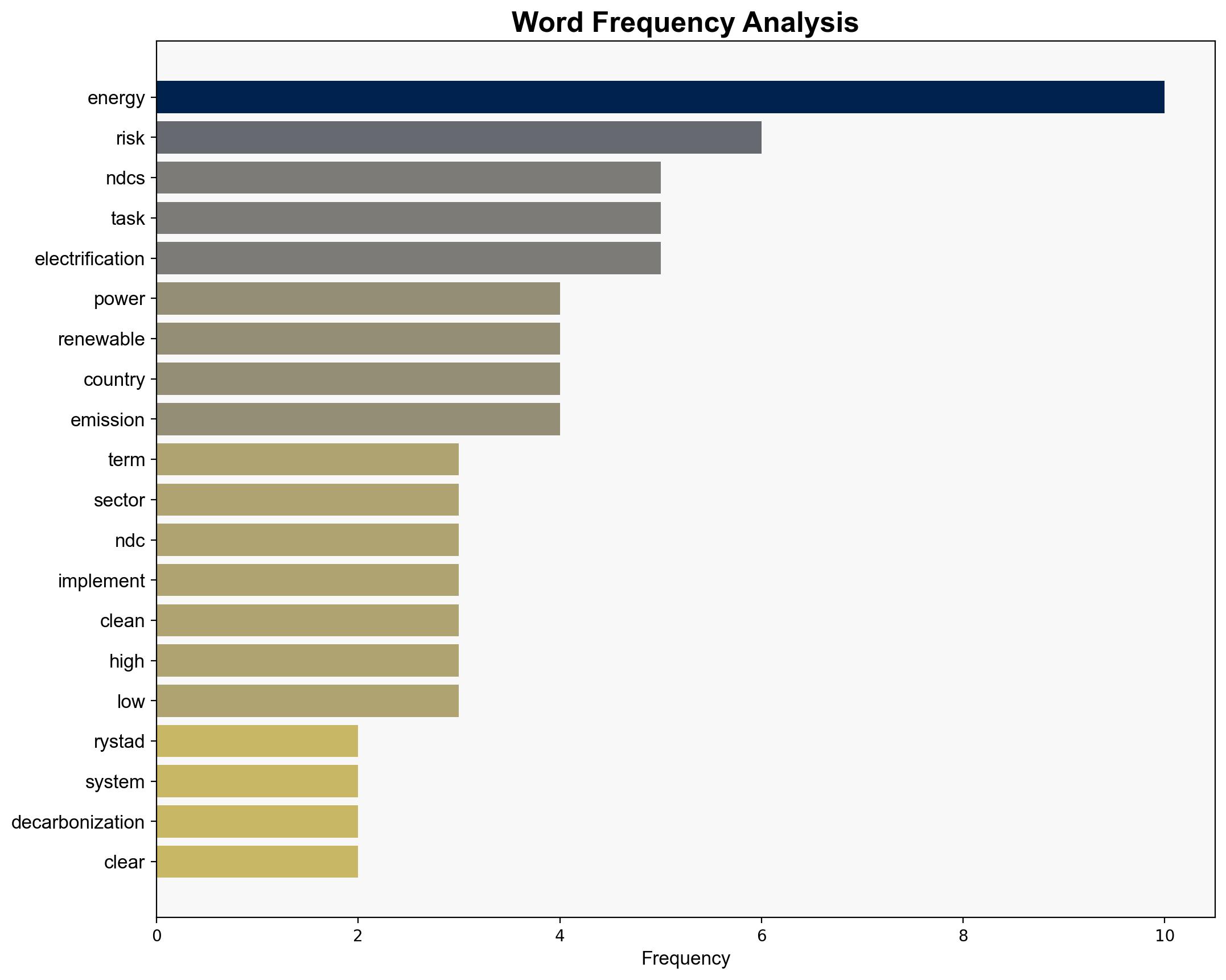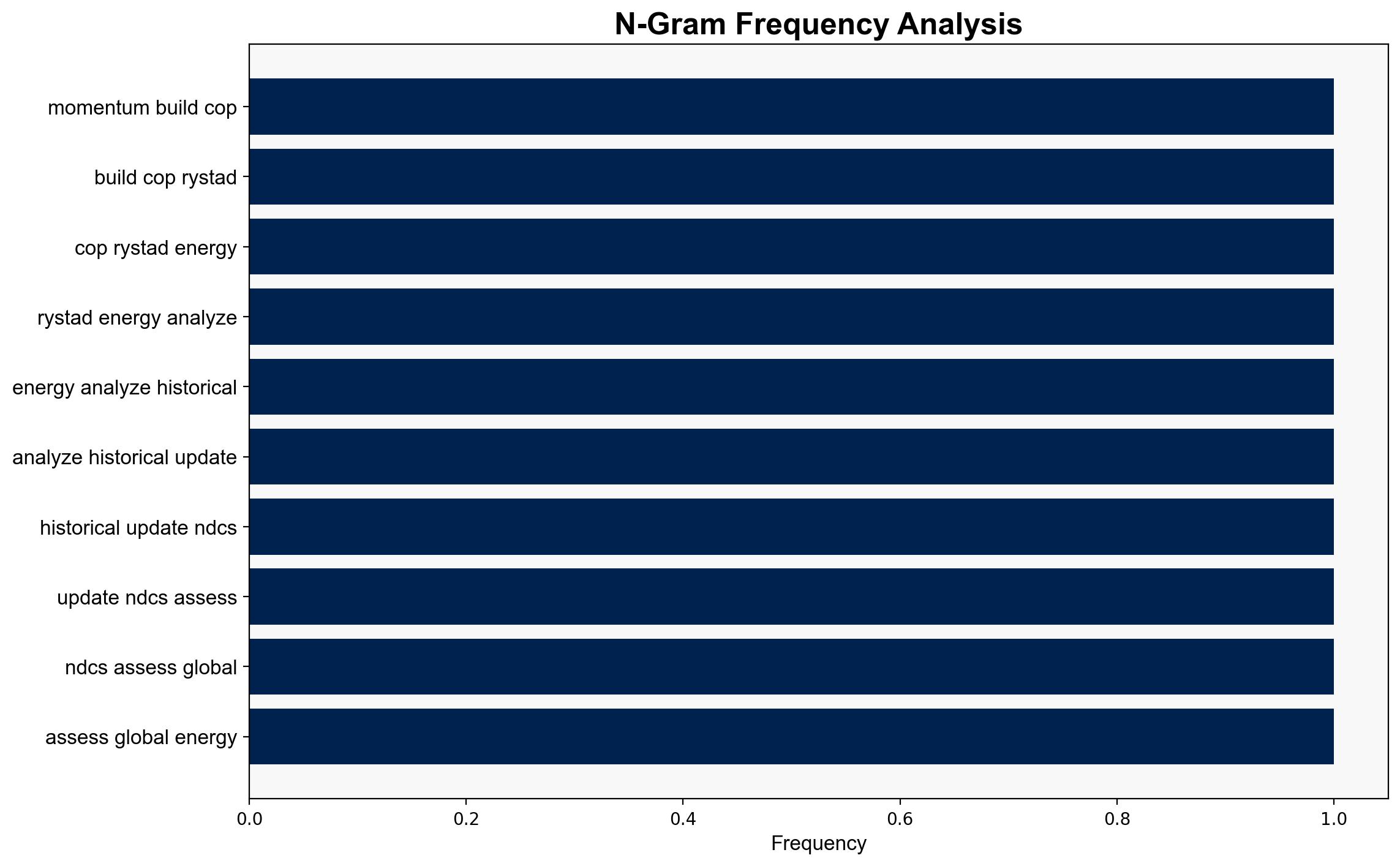Mapping the Real Path of the Energy Transition – OilPrice.com
Published on: 2025-11-11
AI-powered OSINT brief from verified open sources. Automated NLP signal extraction with human verification. See our Methodology and Why WorldWideWatchers.
Intelligence Report: Mapping the Real Path of the Energy Transition – OilPrice.com
1. BLUF (Bottom Line Up Front)
With a moderate confidence level, the most supported hypothesis is that the global energy transition is progressing unevenly, with significant disparities between nations due to economic, political, and infrastructural factors. Strategic action should focus on fostering international collaboration and investment in technology and infrastructure to mitigate these disparities.
2. Competing Hypotheses
Hypothesis 1: The global energy transition is on track to meet the Paris Agreement goals, driven by strong policy actions and technological advancements in renewable energy and electrification.
Hypothesis 2: The global energy transition is lagging behind the Paris Agreement goals due to structural barriers, economic disparities, and insufficient technological deployment, particularly in developing nations.
Hypothesis 2 is more likely due to the evidence of structural barriers in low-income countries, the slow pace of CCUS and bioenergy technology deployment, and the risk of market saturation in renewable energy sectors.
3. Key Assumptions and Red Flags
Assumptions: It is assumed that political stability and economic resilience are prerequisites for successful energy transition. It is also assumed that technological advancements will continue at the current pace.
Red Flags: Potential overestimation of the capacity for rapid technological adoption in developing countries. Underestimation of the political and economic challenges that could hinder policy implementation.
4. Implications and Strategic Risks
The primary strategic risk is the potential for increased geopolitical tensions as countries with low capacity to meet NDCs may face international pressure. Economically, countries failing to transition may experience competitive disadvantages. Politically, failure to meet energy transition goals could lead to domestic instability in fragile states.
5. Recommendations and Outlook
- Encourage international financial institutions to increase funding for renewable energy projects in high-risk countries.
- Promote technology transfer and capacity-building initiatives to support developing nations in overcoming structural barriers.
- Best Scenario: Global collaboration leads to accelerated energy transition, meeting Paris Agreement targets.
- Worst Scenario: Widening disparities lead to geopolitical tensions and economic instability in vulnerable regions.
- Most-likely Scenario: Incremental progress with significant regional disparities remains, requiring ongoing international support and policy adjustments.
6. Key Individuals and Entities
Rystad Energy (Analytical Entity), Signatory Countries of the Paris Agreement
7. Thematic Tags
Global Energy Transition, Paris Agreement, Renewable Energy, Electrification, International Collaboration
Structured Analytic Techniques Applied
- Causal Layered Analysis (CLA): Analyze events across surface happenings, systems, worldviews, and myths.
- Cross-Impact Simulation: Model ripple effects across neighboring states, conflicts, or economic dependencies.
- Scenario Generation: Explore divergent futures under varying assumptions to identify plausible paths.
Explore more:
Regional Focus Briefs ·
Daily Summary ·
Methodology





